20 of the most successful ad campaigns of all time
Ad campaigns that proved wildly successful
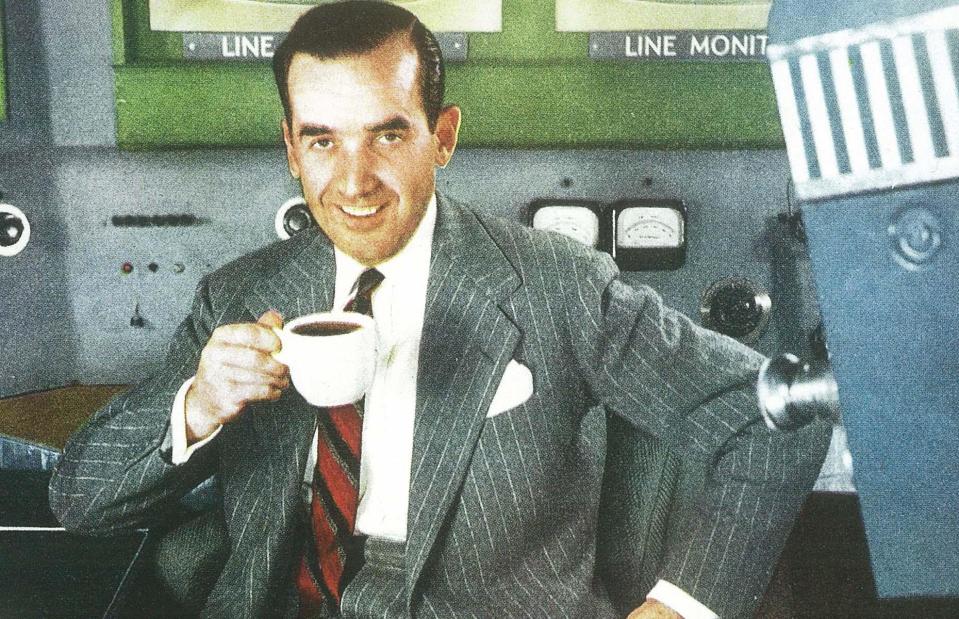
adsR/Alamy Stock Photo
Did you know we see up to 10,000 marketing messages a day, according to some researchers? That means an ad campaign has to be something really special to stick in our minds and influence our decisions.
We've rounded up 20 of the most memorable and successful ads of all time, including some that arguably changed the world. From Coca-Cola to Clairol, read on to discover which brands transformed their fortunes forever with amazing advertisements.
All dollar amounts in US dollars
Sunkist Oranges: 1907

The New York Historical Society/Getty Images and Transcendental Graphics/Getty Images
Oranges were big business in California in the early 20th century, but demand fell flat while growers continued to churn out the fruits, leading to a big slump in profits. The California Fruit Growers Exchange called on the marketing expertise of agency Lord & Thomas in 1907, who brought all of the farmers together under the name “Sunkist”.
The agency also helped popularise orange juice as a commodity, and while Sunkist now refers to a separate soft drinks company, OJ is still a worldwide breakfast accompaniment thanks to the work of those marketeers over 100 years ago.
Guinness: 1929
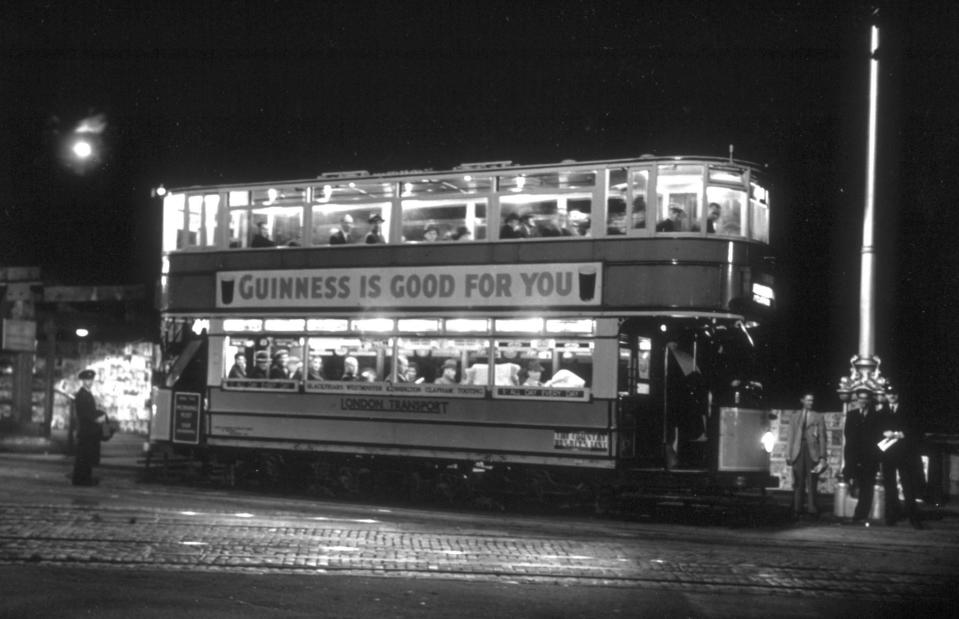
Topical Press Agency/Stringer/Getty Images
We think of health shakes and smoothies as modern phenomena, but in the mid-1900s, there was one beverage that medical professionals were certain had beneficial properties: a pint of Guinness.
In 1929, adverts for the dark Irish stout read “Guinness is good for you” and slogans promoting the drink's nutritious qualities enticed customers for the next three decades, with roaring success. Whether Guinness really can be considered good for you is still debated today, but the stout is rich in a number of vitamins and minerals.
Coca-Cola: 1930s
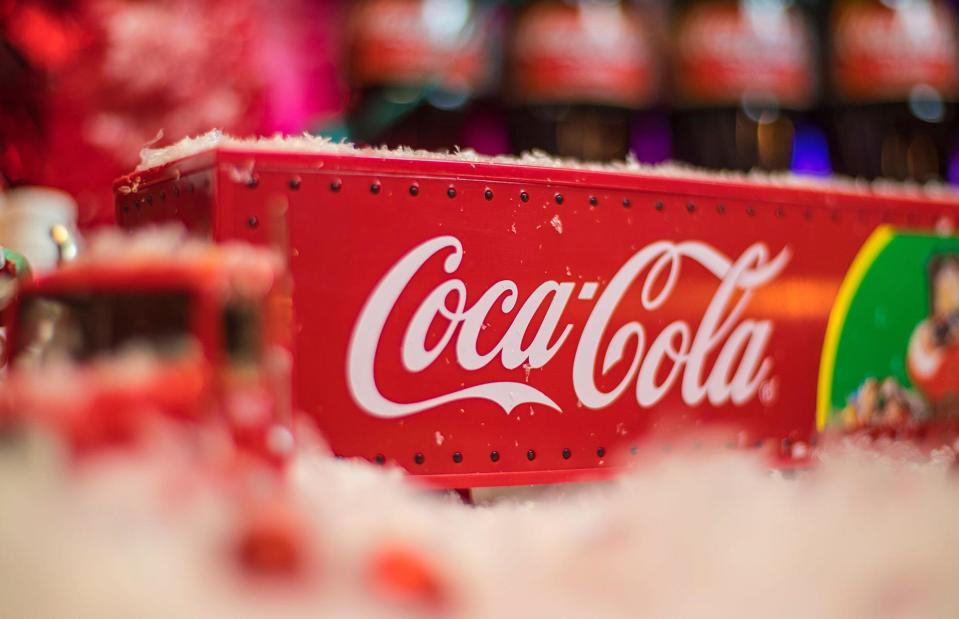
Billy Blume/Alamy Stock Photo
It has often been said that Santa used to be pictured wearing green until Coca-Cola came along and put him in his now trademark red. In fact, Saint Nick had been pictured wearing red before Coca-Cola's magazine ads came out in the 1930s, although the drinks company did help to create the image of the jolly-looking character as we know him today.
The association was designed to boost Coke's sales during the winter months, which it duly did. Today, the Coca-Cola truck is a mainstay of the company's winter ad campaigns.
De Beers: 1948
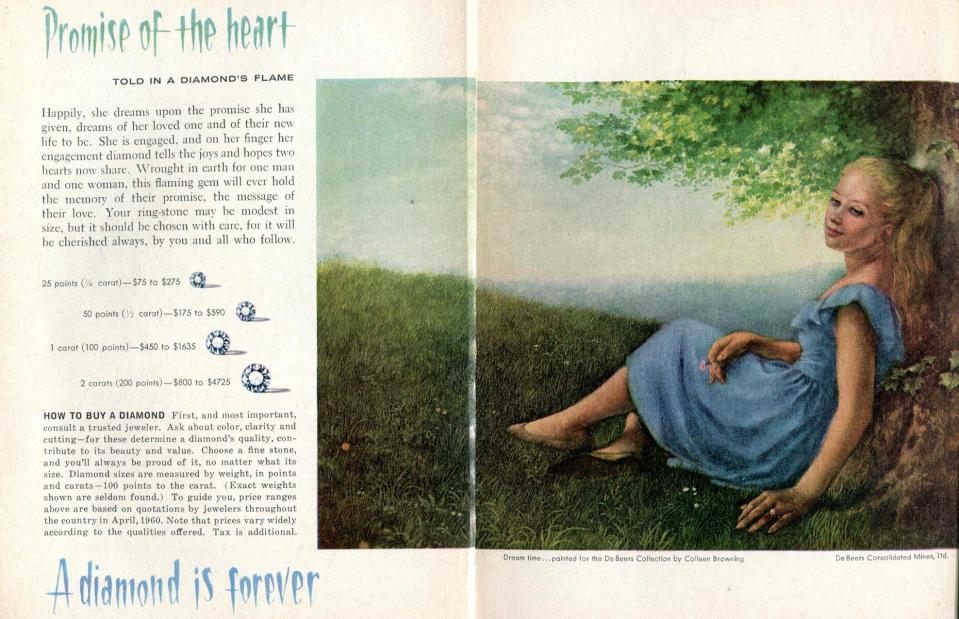
SenseiAlan/Flickr/CC BY 2.0
It may surprise you that until 70 years ago, it wasn’t common to receive a diamond engagement ring. De Beers introduced this custom, along with the slogan “A diamond is forever” in this 1948 ad.
As the price of diamonds was falling, young men were convinced to buy diamond rings for their fiancées, resulting in a massive boost for De Beers’ profits, rising from $23 million in 1939 to $2.1 billion in 1979. That's the equivalent of almost $520 million (£406m) and $9 billion (£7bn) in 2024.
Pan American Coffee Bureau: 1952
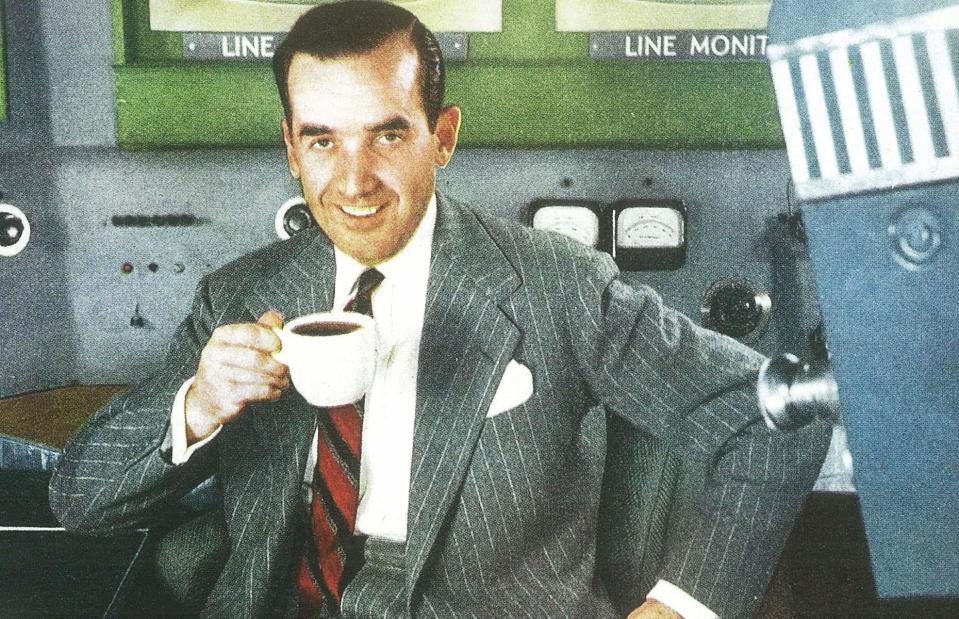
adsR/Alamy Stock Photo
Next time you take a coffee break you’ve got the Pan American Coffee Bureau to thank for the privilege. That’s right – it only became popular in offices after a string of print ads urging people to “Give yourself a Coffee-Break – and Get What Coffee Gives to You.”
The organisation may no longer exist today, but it had a fundamental role in shaping coffee culture and workplace habits.
Volkswagen: 1959
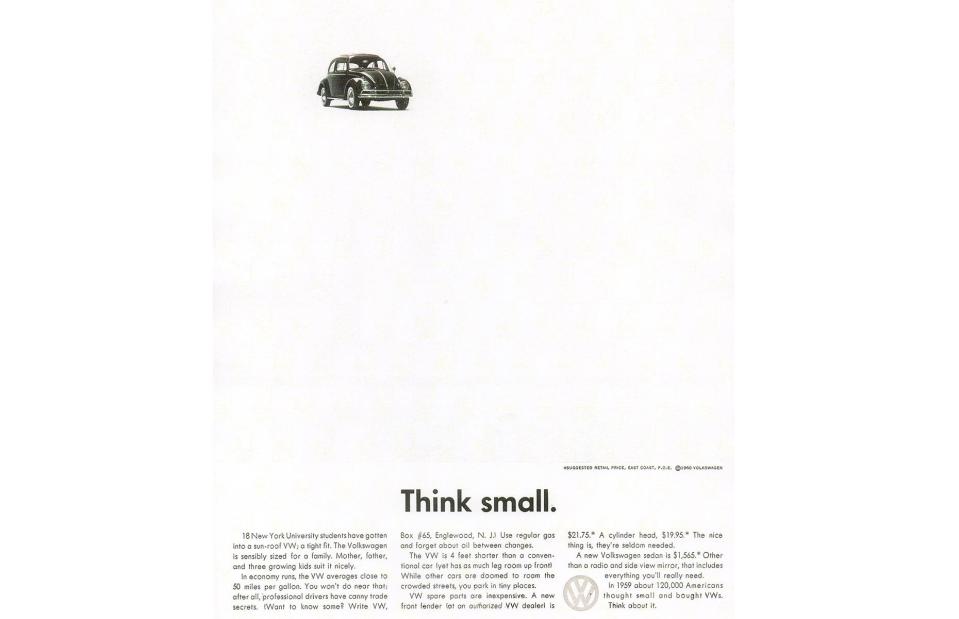
Michael/Flickr/CC BY-NC-SA 2.0
This is considered one of the most successful advertising campaigns of the 20th century, and for good reason. Volkswagen’s “Think Small” campaign eliminated Americans’ worries about buying a German car in a post-war climate. It also introduced the notion that smaller is better.
The proof was in the profits as sales of the VW Beetle rocketed to 570,000 cars in 1970.
Avis: 1962

adsR/Alamy Stock Photo
Avis took an unusual approach to advertising by citing the fact that it was only the second most popular car rental company, as evidence that it provided better service: “When you’re only No. 2, you try harder”.
Yet the underdog tactic clearly worked and the campaign was a success: in just one year, Avis went from a loss of $3.2 million to earning $1.2 million, the equivalent of $12.5 million (£9.8m) in today's money.
Clairol: 1962
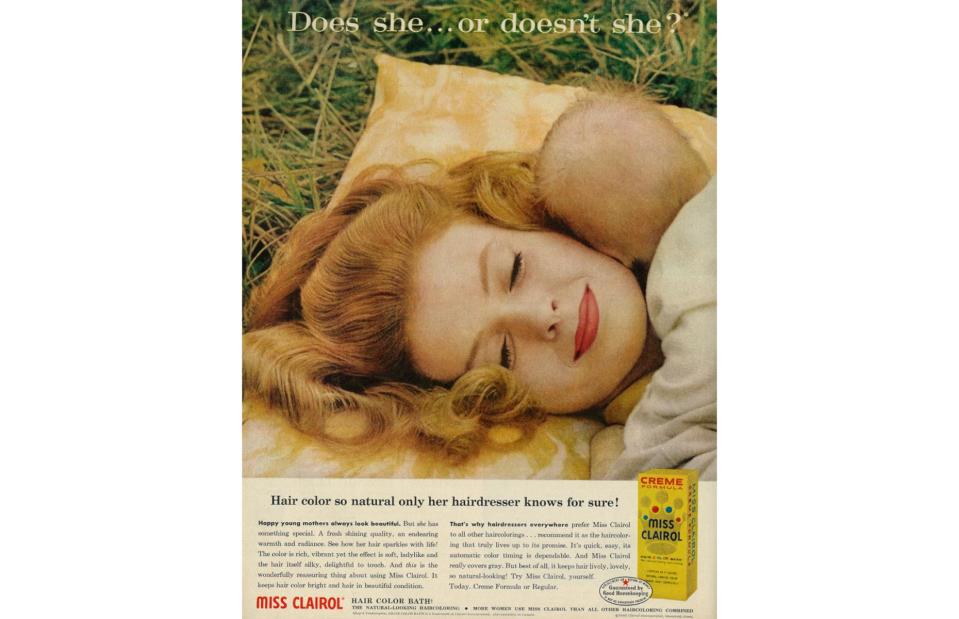
Classic Film/Flickr/CC BY-NC 2.0
“Does she or doesn’t she?” Those were the words on everyone’s lips after Clairol’s 1962 campaign. Before, hair-dyeing had been seen as false and cheap, but this slogan made women realise it could look natural.
The advertisements transformed attitudes: within a decade, sales of dyes, tints and rinses soared from $25 million ($260m/£203m today) to $200 million a year ($2.1bn/£1.6bn) today), with Clairol accounting for more than half the total.
American Express: 1975
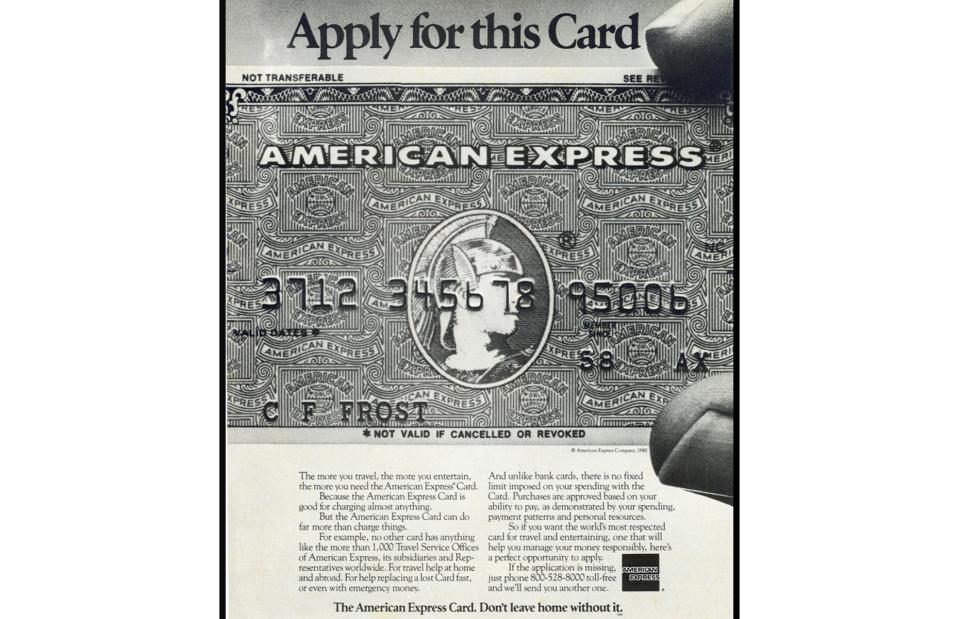
rchappo2002/Flickr/CC BY-NC-ND 2.0
In what is often seen as one of the most successful advertising campaigns of all time, American Express used the slogan “Don’t leave home without it” to emphasise the usefulness of its charge card.
It’s hard to deny that this memorable campaign had a major part to play in making American Express one of the leading issuers of personal, small business, and corporate cards it is today.
Apple: 1984
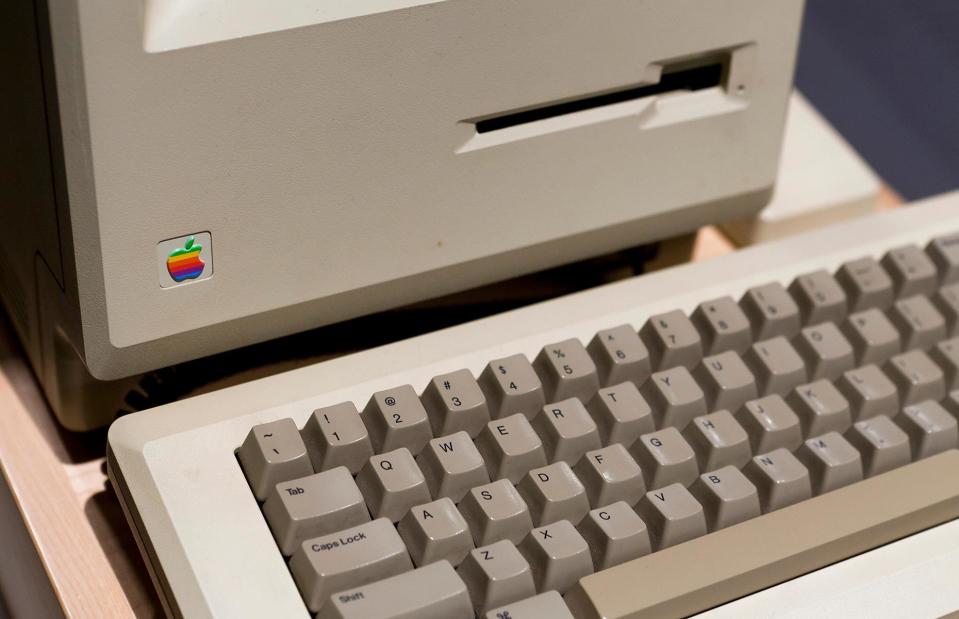
B Christopher/Alamy Stock Photo
Apple's 1984 Ridley Scott-directed Super Bowl ad marked the company's rise to success. It presented a dystopian world controlled by Big Brother and ended with the message: "On January 24th, Apple Computer will introduce Macintosh. And you’ll see why 1984 won’t be like '1984'."
It was a huge hit and in the three months that followed, Americans purchased $155 million worth of Macintosh computers, the equivalent of $470 million (£367m) in 2024 money.
Wendy’s: 1984
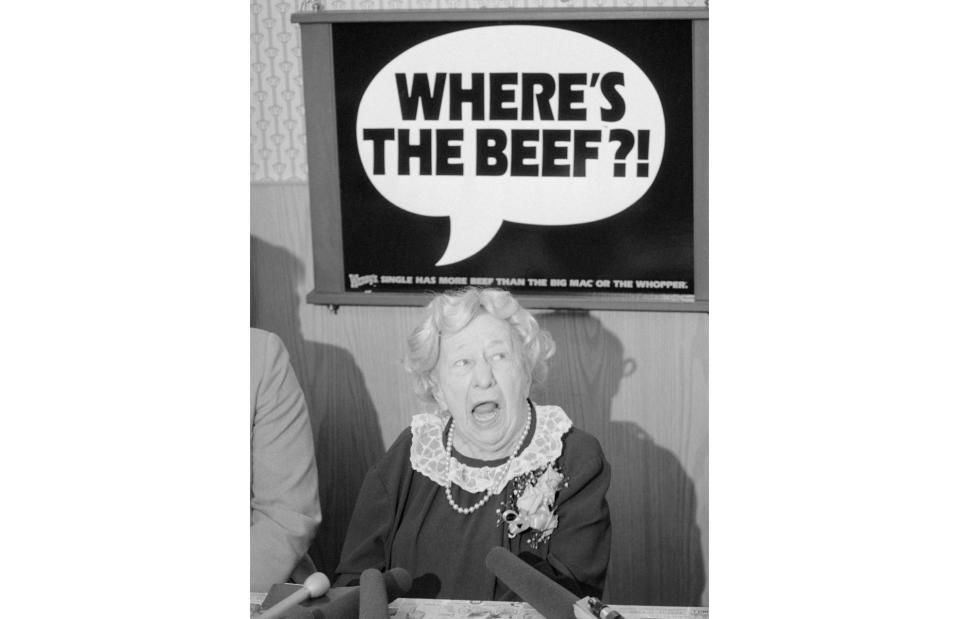
Bettmann/Getty Images
One of the most surprising things about this ad is the fact that the main character – an elderly lady who screeches the slogan “Where’s the beef?” – isn’t actually an actor. She was a manicurist working on the commercial’s set when a staff member noticed her distinctive voice and suggested she say the lines.
The unlikely casting clearly paid off, as Wendy’s profits hit a record $76.2 million in 1985 (over $222m/£173m in 2024 money) and the slogan remains memorable to many.
Nike: 1988
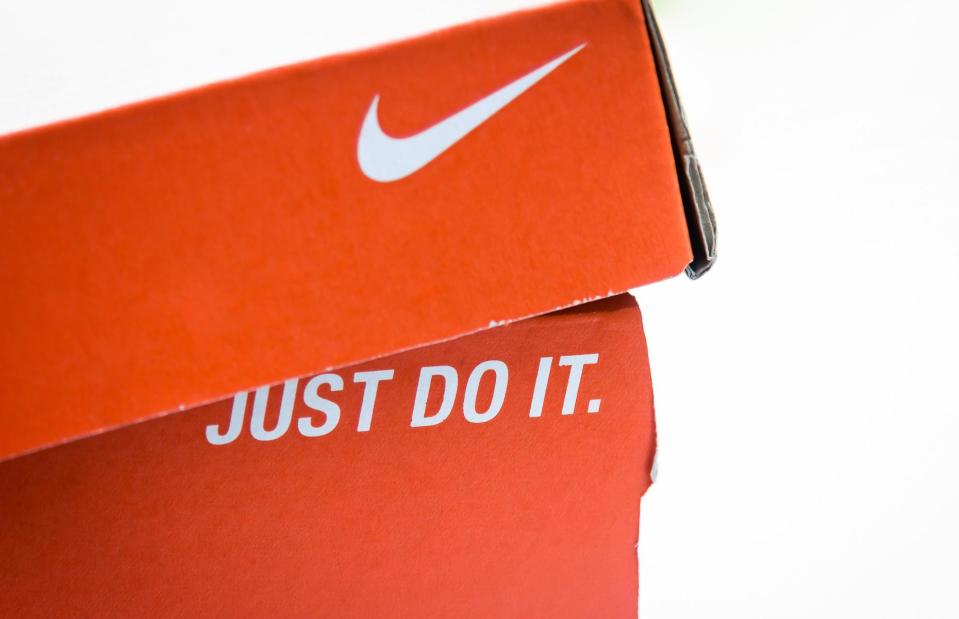
Fecundap stock/Shutterstock
“Just Do It” is one of the most well-known slogans on the planet, and its introduction also marked the period when Nike turned its fortunes around. The company had been struggling for market share against leading sportswear brand Reebok, when an inspirational ad showing an elderly man running across a bridge was released, bearing the now-famous slogan.
In the following 10 years, sales skyrocketed from under $1 billion to over $9.2 billion. Today, the company is valued at more than $100 billion (£78bn) today.
Levi Strauss & Co: 1992
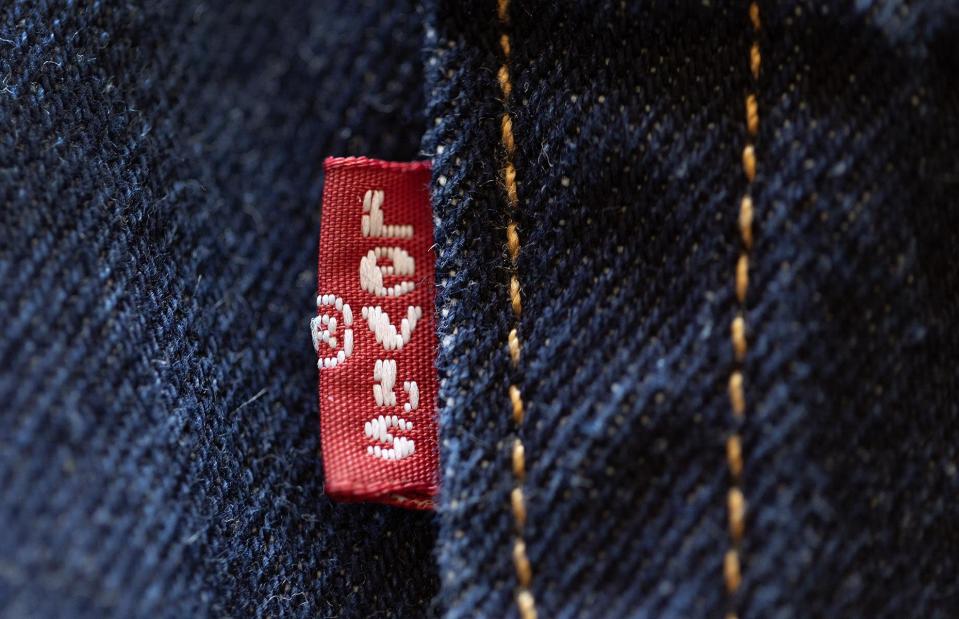
Scott Olson/Getty Images
Levi’s didn’t just give us jeans: the brand helped to define an entire way of dressing. In 1992 it launched pamphlets explaining how to wear “Casual Businesswear”, a dress code that was gaining traction in workplaces. It clearly worked.
When the campaign was launched in 1992, 66% of companies had a full or part-time casual dress code. Just three years later that figure had risen to 90%.
California Milk Processing Board: 1993

Patti McConville/Alamy Stock Photo
Another slogan that’s become a cultural phenomenon is “Got Milk?”. It was first used in a TV ad, in which a young man is unable to talk on the phone because his mouth is jammed with peanut butter. When he reaches for the milk carton, he realises it's all gone.
Impressively, the campaign spurred a rise in milk sales in California, and the slogan went on to be used globally in a celebrity-led campaign for the Milk Processor Education Program which saw the likes of Kate Moss and Whoopi Goldberg pose with a "milk moustache".
Monster.com: 1999
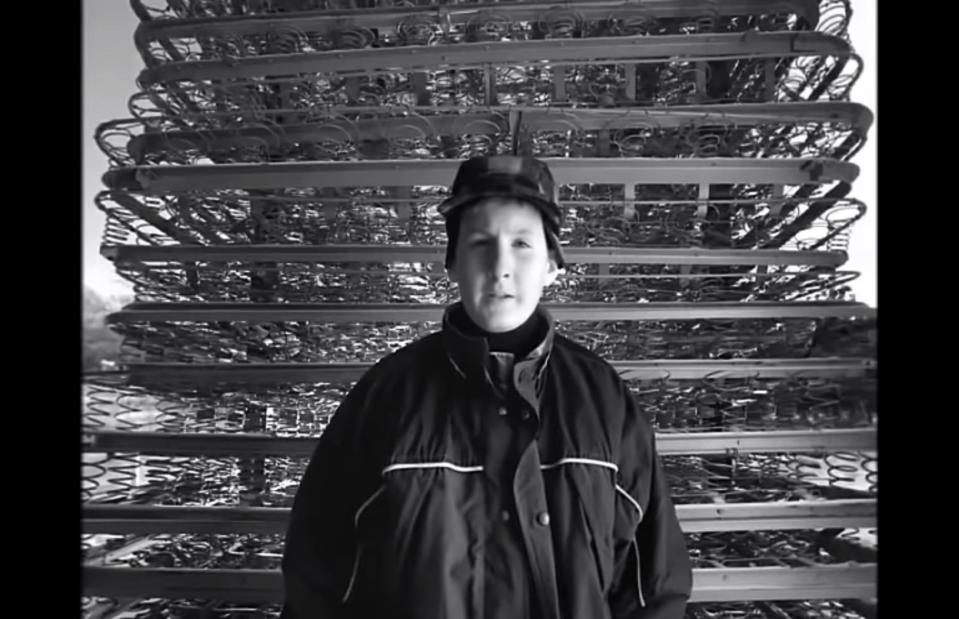
AdRave/YouTube
Monster.com tugged at heartstrings with this ad, which featured children saying what they wanted to be when they grew up. Rather than the usual aspirations, theirs are cynical: “When I grow up, I want to file all day”; “I want to be underappreciated”; “I want to climb my way up to middle management”.
The slogan? “There’s a better job out there”. It clearly worked, as the site’s traffic increased by around one million users a month.
Halifax: 2000
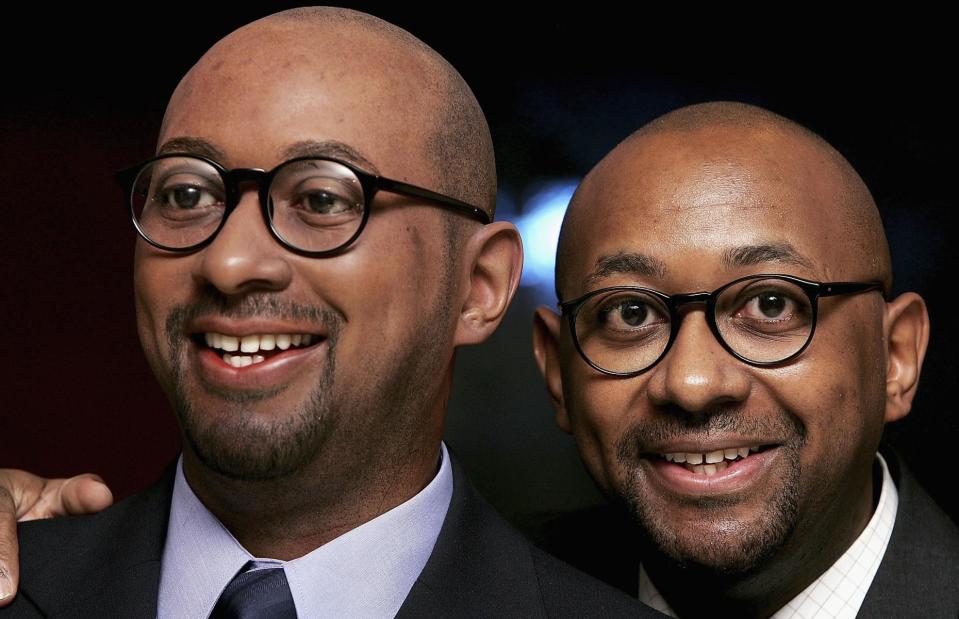
MJ Kim/Getty Images
Encouraging people to switch bank accounts is a challenge, and what’s even harder is making the whole thing seem like fun. Enter Howard Brown, a customer services assistant that UK banking brand Halifax decided to make the star of their television adverts. His singing and dancing saw him quickly become a household name, to the extent that people started to steal cardboard cut-outs of Howard from branches.
And it was good for business too, as Halifax reportedly saw a 25% increase in the number of current account holders. Deemed something of a British national treasure, a waxwork version of Howard was added to London’s Madame Tussauds in 2005.
Go Compare: 2009
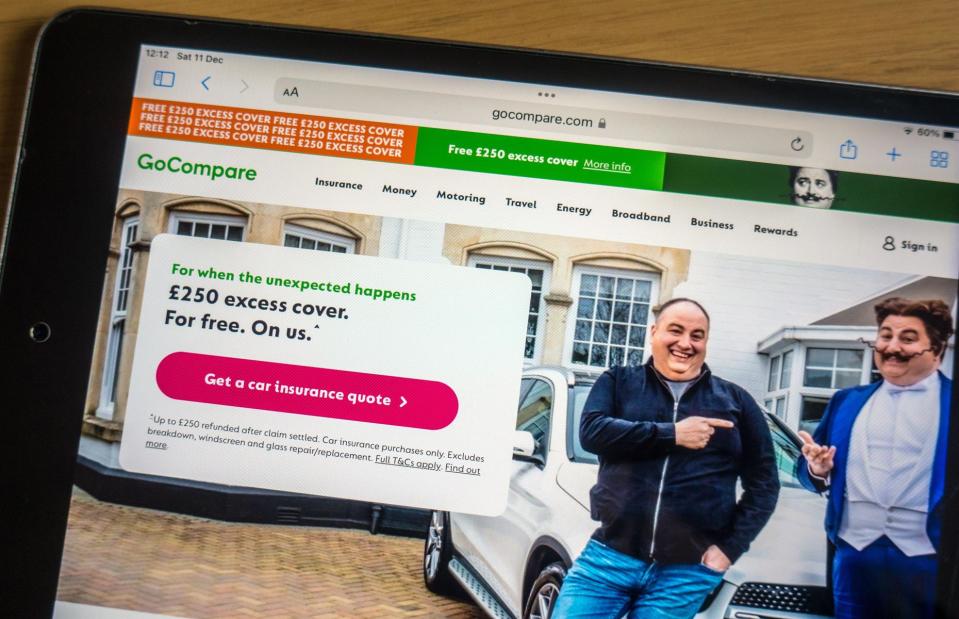
GSTech / Alamy Stock Photo
Anyone in the UK will likely groan if you mention this widely hated ad, featuring an opera singer belting out the catchy jingle, “Go Compare!”.
Yet it clearly helped to get the brand name in people’s heads, as the company reported pre-tax profits had increased by 35% in 2010 (the ad was launched in June 2009).
Old Spice: 2010
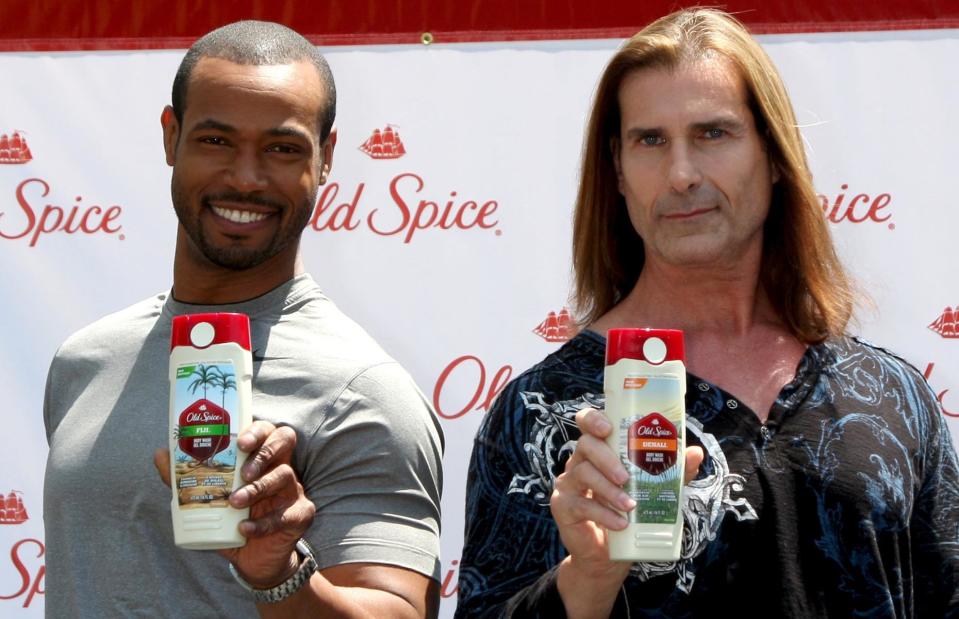
Kathy Hutchins/Shutterstock
In the age of social media, to get noticed you have to go viral. It’s something Old Spice was aware of when it launched this campaign for shower gel, which scored more than 52 million views online and brought a huge 107% increase in sales.
By creating a YouTube video that could be shared on social media, it reached far wider audiences and reaped the rewards.
Dove: 2013
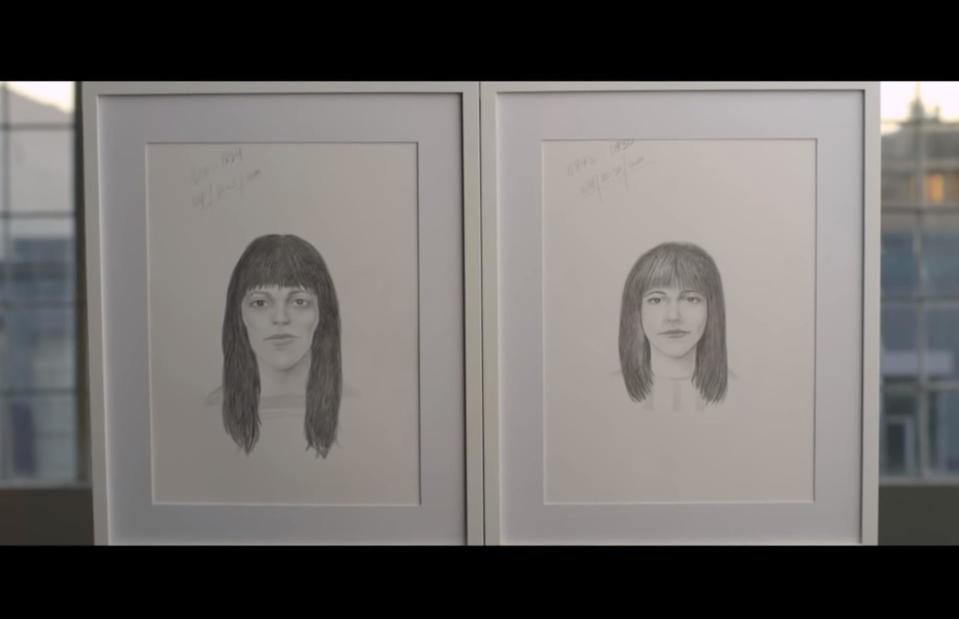
Dove US/YouTube
Ads that emphasise social issues often do well, as Dove’s Real Beauty campaign goes to show. In the ad, a forensic artist sketches several women based on descriptions of their appearance: one from them, and one from another person. The result? Other people’s descriptions led to much kinder – and more realistic – sketches, highlighting women’s low self-confidence.
The poignant campaign helped Dove’s US profits too, bringing in the 2024 equivalent of $5.96 (£4.66) for every $1.35 (£1.05) spent, according to Data2Decisions.
Always: 2015
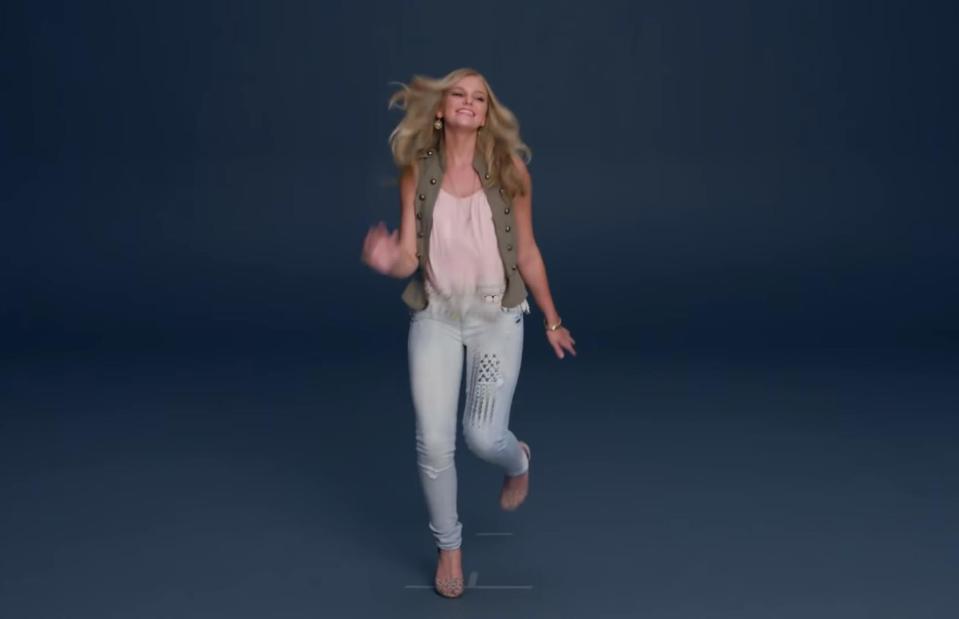
Always/YouTube
Many of us will remember this thought-provoking campaign from Always. Revealing that post-pubescent girls and women think negatively of the phrase “Like a girl”, Always aimed to change that stigma and remind people that “Like a girl” can be a good thing.
The campaign was a roaring success: #LikeAGirl was tweeted 177,000 times in three months, while the probability of people choosing Always grew by more than 50% among its target market.